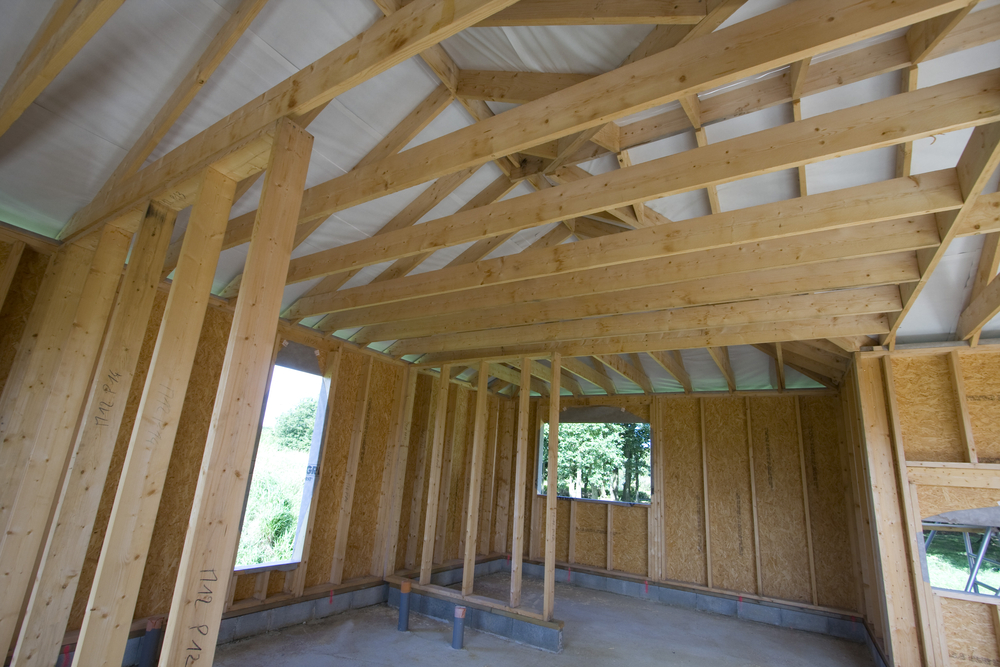Late summer can be a stressful time for homeowners.
Most years, hurricanes threaten the U.S. East Coast while wildfires and floods often plague the west. And tornadoes remain a concern throughout much of the country's midsection.
All that means it's prime season for homeowners claims too, as residences often bear the brunt of all this wild weather. It's also a good time for agents to help clients double-check coverages to make sure they have enough protection in place should the worst happen to their homes.
According to a recent study by Marshall & Swift/Boeckh, a provider of building cost data, nearly 60% of U.S. homes are underinsured, leaving almost two out of every three American homeowners at risk of financial disaster in the event of a catastrophe. Marshall & Swift/Boeckh defines “underinsured” as any property that only carries enough insurance coverage to pay up to 78% of potential replacement costs.
Are you or your clients among this 60%? Chances are good.
Here are some of the more common mistakes that homeowners make to earn entry into this less-than-ideal risk group.

Remodel and forget it
Renovating a home can be a costly and stressful experience, but the good news is that such projects usually result in higher property values going forward, meaning homeowners can often recover that investment when they sell their home.
So why not increase your property coverage once the renovations and done? Problem is, many people forget to call and update their home's value.
And certain property improvements might even trigger new types of coverage as well.
“If you put in a pool, you may need to upgrade your homeowners (insurance), but you also may need umbrella liability insurance,” Kevin M. Lynch, an assistant professor of insurance at the American College in Bryn Mawr, Pa. and former insurance agency owner told Bankrate.com.

Just covering your mortgage
In an ideal world, the amount we owe on our home should be less than the actual value of our home. The 2008 real estate crash pretty well laid that “rule” to rest, but the fact remains that too many people just think about their mortgage value when selecting their homeowners policy. So, in the event of a loss, these homeowners can pay off their mortgage but not necessarily rebuild their home.
Yet another reason to always call on the expertise of a qualified agent when shopping for homeowners insurance. A basic analysis of costs at the time of purchase will help avoid this problem entirely.

Forgetting about flood insurance
As a general rule, flooding is not covered by typical homeowers policies. Still, anyone who owns a home near a body of water — including lakes and streams — should buy a flood insurance policy to protect their property.
Almost as serious an oversight as forgetting about flood insurance entirely is thinking that you don't need it just because you live inland. If you live anywhere near water of any sort you're at risk.
“That was a huge problem in Hurricane Sandy,” Michael Barry, the Insurance Information Institute's director of media relations, told Forbes, “and even more so the year before, with Hurricane Irene which caused inland flooding in New Jersey; Albany, New York; and even Vermont.”

Wait, they update building codes?
As the owner of a century-old home, I can personally attest to the fact that construction standards have evolved greatly over the decades. As a result, a lot of the work that was done years ago on older homes may not pass muster with today's more stringent building code standards. That means, in the event of a disaster, my home (and a lot of similar older homes) will need to not only be rebuilt, but brought up to code as well.
This can get expensive, and needs to be taken into account when pricing homeowners insurance policies.

Materials costs are on the rise
Inflation impacts everything we buy, and construction materials are no exception.
In fact, according to AccuQuote.com, replacement costs have risen by roughly 7% per year since 2001, due in large part to surging prices for building materials, energy and labor.
“If you've been in that home for five years,” Accuquote.com wrote, “your homeowners insurance has been reduced to two-thirds coverage of the home by those increases alone.”
Want to continue reading?
Become a Free PropertyCasualty360 Digital Reader
Your access to unlimited PropertyCasualty360 content isn’t changing.
Once you are an ALM digital member, you’ll receive:
- Breaking insurance news and analysis, on-site and via our newsletters and custom alerts
- Weekly Insurance Speak podcast featuring exclusive interviews with industry leaders
- Educational webcasts, white papers, and ebooks from industry thought leaders
- Critical converage of the employee benefits and financial advisory markets on our other ALM sites, BenefitsPRO and ThinkAdvisor
Already have an account? Sign In Now
© 2025 ALM Global, LLC, All Rights Reserved. Request academic re-use from www.copyright.com. All other uses, submit a request to [email protected]. For more information visit Asset & Logo Licensing.








